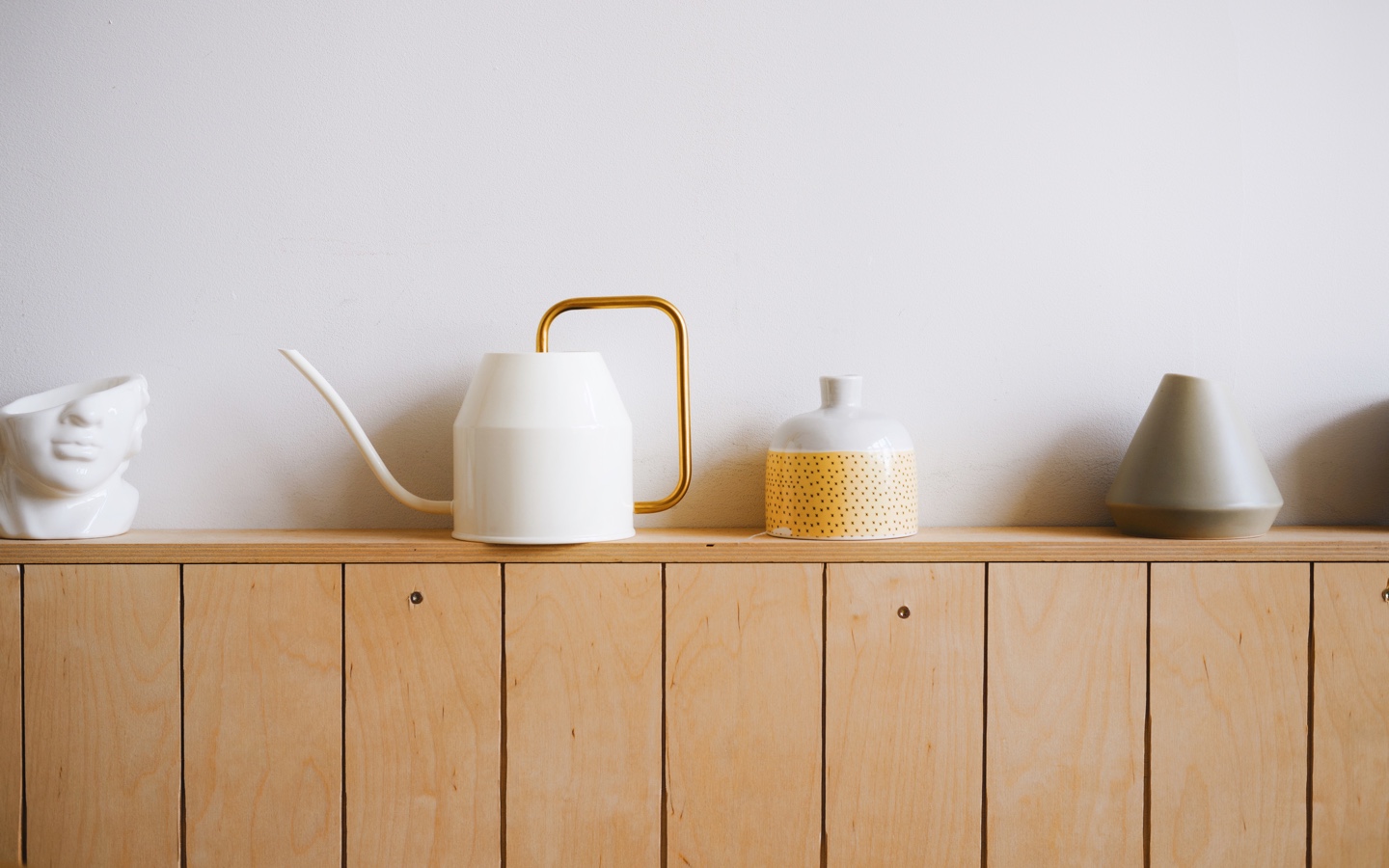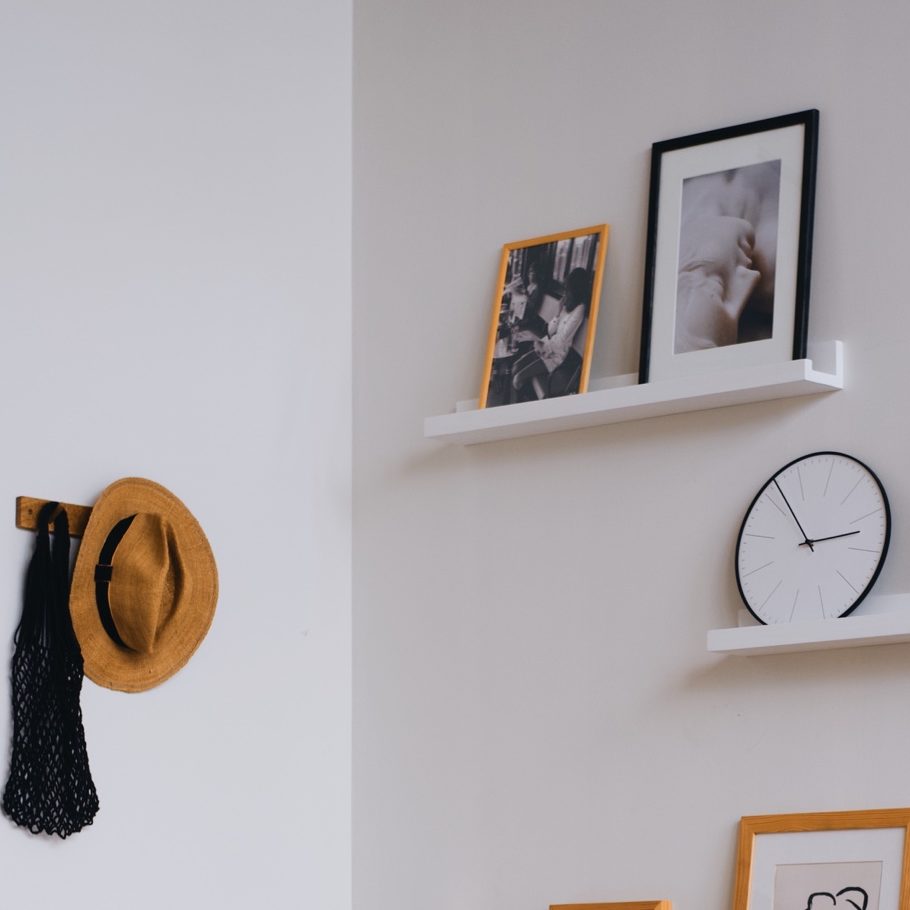Indoor air can be five times more polluted than outdoor air. Here’s why that is so dangerous and what you can do about it.
Since the start of the pandemic, we’ve been spending more time at home than ever before, outfitting our spaces to make living and working under one roof as comfortable as possible. By now, we’ve upgraded our makeshift WFH setups, added more tools to our kitchenware collection than drawers can hold, and splurged on the coziest blanket/sweatshirt/lounge pants. But there’s another crucial component to consider for your health: air quality.
Terms such as respiratory droplets and aerosols have been added to our everyday vocabulary due to Covid-19, but indoor air pollution is an evergreen concern. Even in regular times, Americans spend as much as 90 percent of their days indoors, according to the Environmental Protection Agency (EPA) — only it used to be spread between multiple venues, such as offices, restaurants, and stores.
Since

What Are The Main Causes?
Indoor air pollution stems from a variety of sources, many of which we may not actively think about or consider a problem. For example, the materials that make up our homes — such as insulation, carpeting, and furniture — emit pollutants when they begin to age and deteriorate, as do the systems and devices that help them maintain the right temperature. The products we use to clean and disinfect are another common cause, and it’s important to be mindful that items like air-fresheners and diffusers can actually contribute to air quality problems. Supplies that we use for crafts and hobbies also release pollutants, though they occur intermittently depending on use, notes the EPA.
Other things to keep in mind? “Dust, pollen, pet dander, smoke, household odors, and even illness-causing microorganisms,” says Saya Hazel, digital marketing manager of Bear Down Brands, the parent company behind PureZone air purifiers.
High temperature and humidity levels can also increase concentrations of some pollutants.
What Are the Health Risks?
We know that poor airflow can help spread viruses such as Covid-19, but there are many other health reasons to minimize our exposure to indoor air pollutants. We’re also familiar, of course, with the potentially deadly consequences of too much carbon monoxide. But indoor air pollutants can also lead to more common symptoms that get worse with prolonged exposure and eventually cause irreversible damage.
“Allowing these irritants to fester in your home can lead to trouble breathing, allergies, stuffy sinuses, headaches, restlessness, and more,” says Hazel.

What Are Some Ways to Decrease Indoor Air Pollution?
Sometimes, it can be as simple as opening a window or a door.
“Inadequate ventilation can increase indoor pollutant levels by not bringing in enough fresh outdoor air to dilute emissions from indoor sources and by not carrying indoor air pollutants out of the home,” says the EPA. Providing a space with adequate airflow can mitigate some of the pollution and ensure that the particles don’t accumulate to levels that become a health concern.
Another good place to start? By making sure anything that emits fumes (i.e. gas stoves or fireplaces) is free of leaks and properly ventilated and to keep moisture to a minimum. As most of us know, humidity breeds mold and mildew, both of which are allergens and can trigger asthma. Dust mites also love damp environments, so remember to vacuum regularly if you have carpeting or upholstered furniture or use a dehumidifier.
“Clean purified air can decrease restlessness and combat seasonal allergies.”
If you need an extra boost of help, consider a portable air purifier, which can act as a complement to the strategies above. They sanitize air by filtering pollutants out of the air — depending on the model you choose, they may target particles such as dust and mold, gases, or, in many cases, both. It’s important, however, to find one that works for the size of your room, says the EPA.

“Keeping air clean has many benefits for you, your family, and your home,” says Hazel. “Clean purified air can decrease restlessness and combat seasonal allergies.”
Finally, you may have heard that certain indoor greenery acts as natural air purifiers. Unfortunately for plant parents everywhere, a 2019 study by two Drexel University researchers has debunked that popular piece of information (endorsed by NASA no less!). In their new analysis of 12 plant-driven studies, they found that houseplants don’t really make a dent in the

Shop Pillows
The Essential Organic Pillow Collection
Gentle, breathable, non-toxic support.







